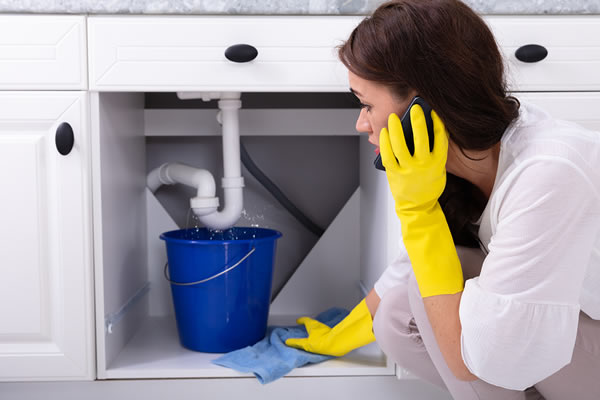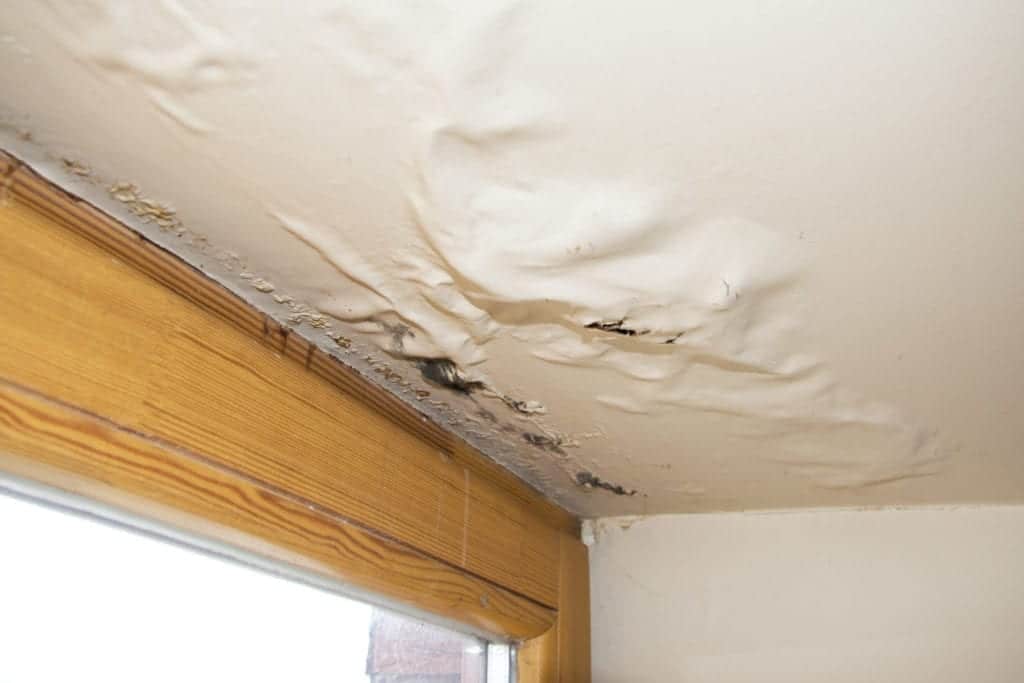Exactly how to Inspect If Your Home Has a Hidden Leakage
Exactly how to Inspect If Your Home Has a Hidden Leakage
Blog Article
What are your insights and beliefs on Locating water leaks?

Early detection of dripping water lines can alleviate a possible disaster. Some little water leaks might not be noticeable.
1. Analyze the Water Meter
Every house has a water meter. Inspecting it is a proven way that aids you discover leakages. For beginners, switch off all the water resources. Make certain nobody will certainly flush, utilize the tap, shower, run the washing machine or dish washer. From there, go to the meter as well as watch if it will alter. Given that no one is using it, there must be no activities. If it moves, that suggests a fast-moving leakage. If you identify no modifications, wait an hour or two and check back once again. This means you may have a slow-moving leakage that might even be underground.
2. Examine Water Consumption
Analyze your water costs and also track your water intake. As the one paying it, you need to notice if there are any discrepancies. If you find sudden changes, despite your consumption being the same, it implies that you have leakages in your plumbing system. Keep in mind, your water costs should drop under the same range each month. An unexpected spike in your bill indicates a fast-moving leak.
At the same time, a consistent boost monthly, even with the very same behaviors, reveals you have a slow leakage that's likewise slowly rising. Call a plumber to extensively inspect your residential property, particularly if you really feel a cozy location on your floor with piping below.
3. Do a Food Coloring Test
When it comes to water intake, 30% comes from toilets. If the shade in some way infiltrates your bowl throughout that time without flushing, there's a leakage between the storage tank and bowl.
4. Asses Outside Lines
Do not fail to remember to check your outdoor water lines too. Ought to water leak out of the link, you have a loosened rubber gasket. One little leakage can waste lots of water as well as increase your water costs.
5. Inspect and Analyze the Situation
House owners must make it a behavior to examine under the sink counters and also also inside closets for any kind of bad odor or mold development. These 2 warnings suggest a leak so prompt attention is called for. Doing regular inspections, also bi-annually, can save you from a significant problem.
Inspect for discolorations and also deteriorating as most home appliances and pipelines have a life expectancy. If you presume leaking water lines in your plumbing system, don't wait for it to escalate.
Early discovery of leaking water lines can minimize a prospective calamity. Some small water leakages may not be noticeable. Checking it is a proven way that assists you discover leaks. One small leakage can lose tons of water as well as spike your water expense.
If you believe leaking water lines in your plumbing system, do not wait for it to escalate.
WARNING SIGNS OF WATER LEAKAGE BEHIND THE WALL
PERSISTENT MUSTY ODORS
As water slowly drips from a leaky pipe inside the wall, flooring and sheetrock stay damp and develop an odor similar to wet cardboard. It generates a musty smell that can help you find hidden leaks.
MOLD IN UNUSUAL AREAS
Mold usually grows in wet areas like kitchens, baths and laundry rooms. If you spot the stuff on walls or baseboards in other rooms of the house, it’s a good indicator of undetected water leaks.
STAINS THAT GROW
When mold thrives around a leaky pipe, it sometimes takes hold on the inside surface of the affected wall. A growing stain on otherwise clean sheetrock is often your sign of a hidden plumbing problem.
PEELING OR BUBBLING WALLPAPER / PAINT
This clue is easy to miss in rooms that don’t get much use. When you see wallpaper separating along seams or paint bubbling or flaking off the wall, blame sheetrock that stays wet because of an undetected leak.
BUCKLED CEILINGS AND STAINED FLOORS
If ceilings or floors in bathrooms, kitchens or laundry areas develop structural problems, don’t rule out constant damp inside the walls. Wet sheetrock can affect adjacent framing, flooring and ceilings.
https://www.servicemasterbyzaba.com/blog/how-to-detect-water-leakage-in-walls/

I found that post on Hacks to detect leaks while exploring the internet. Enjoyed reading our article? Please share it. Let someone else check it out. Thanks a lot for your time. Don't hesitate to check our blog back soon.
Report this page